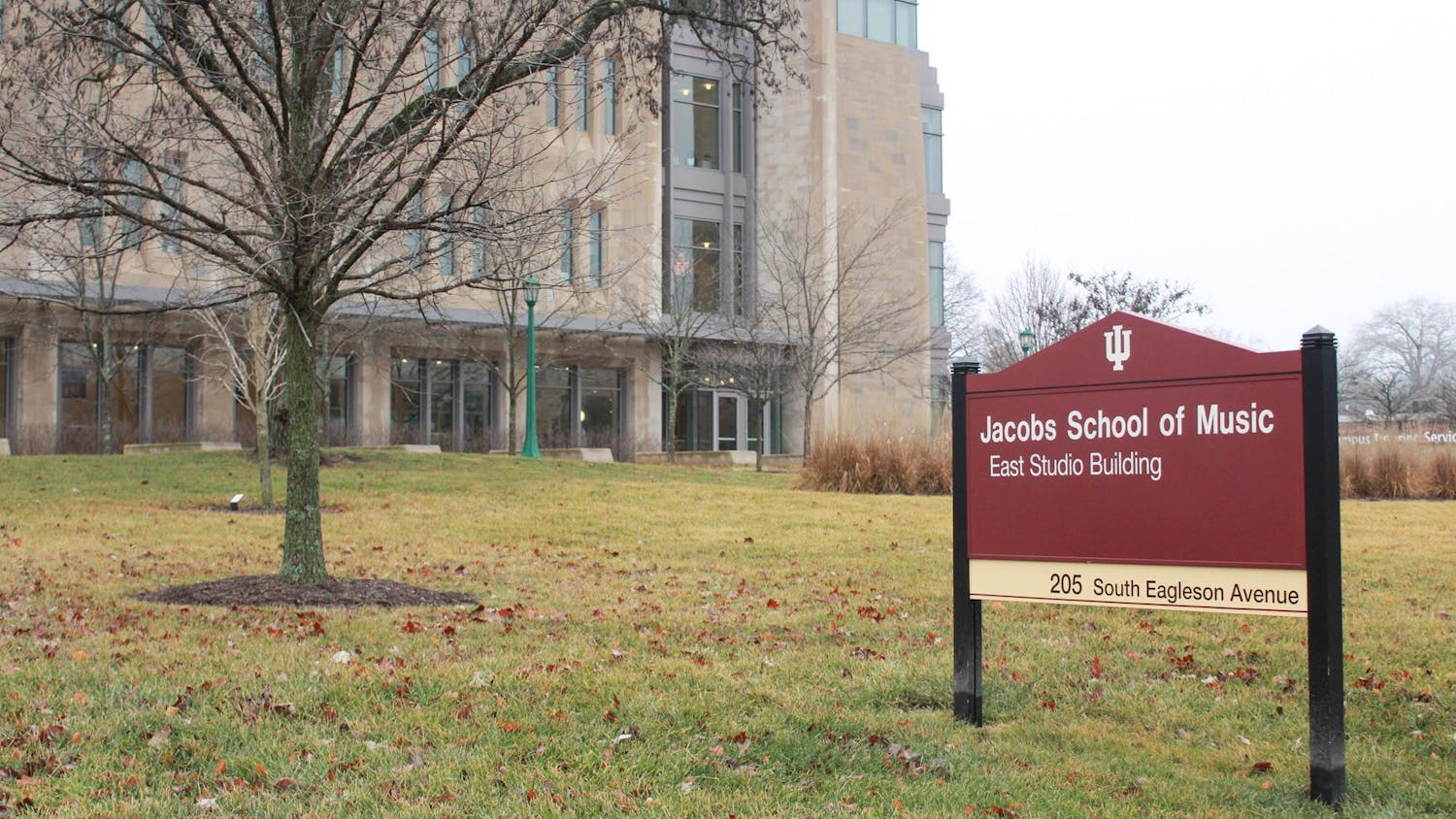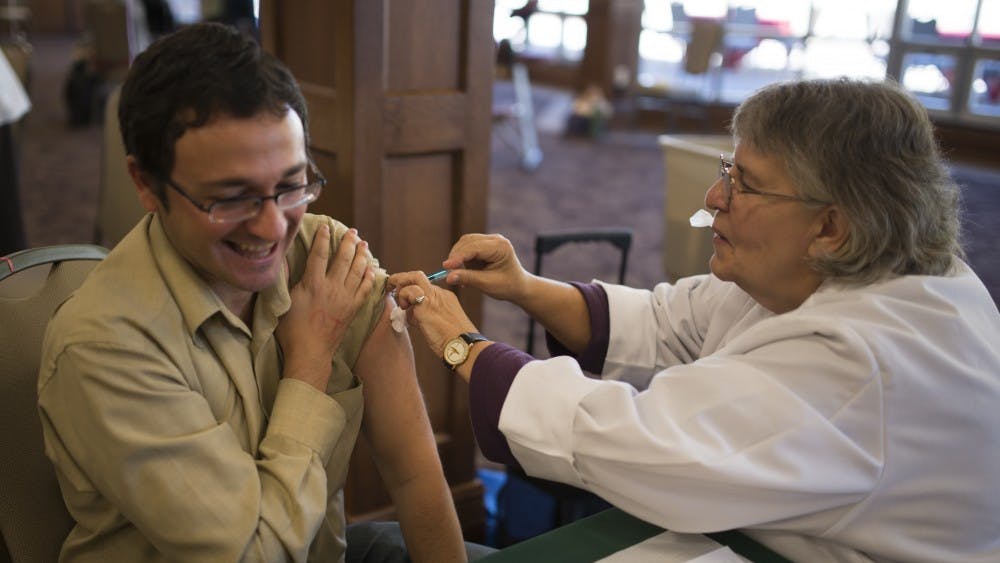Forget international summits on environmental policy. An ugly war against climate change is probably being waged in your workplace.\nThe scene is the same in many an office: Sally in Accounting shivers at her desk bundled in a wool sweater, while Tim in Human Resources sweats through the 10 a.m. meeting. The thermostat is set at 70 degrees, but both workers are getting hot under their white collars.\nExtreme office temperature consistently ranks as a pet peeve among office workers in informal surveys. Finding a climate that makes everyone happy is next to impossible because individuals can experience the same temperature differently. Factor in old buildings with outdated heating and cooling systems, and workplace woe becomes widespread.\n“My fingers get so cold when I’m working, I can barely type on my keyboard,” said Robin Clay, a project manager at a bank in Belfast, Maine, who sometimes wears her coat in the office, which she said is chilly year-round. “I don’t know which makes me crankier, freezing in the winter or freezing in the summer.”\nBut more than just workers’ moods are affected by uncomfortable temperatures, according to recent research. Alan Hedge, a professor of ergonomics at Cornell University, is completing his third study into the effects of climate on worker productivity. Using software that records the keystrokes of about 30 workers in a New Jersey office, Hedge found that performance dropped and errors rose when conditions were perceived as too cold.\n“If you are thermally comfortable, then you actually do better than if you are freezing to death in the building,” Hedge said.\nA temperature range of 72 to 76 degrees is ideal, Hedge said. According to the American Society of Heating, Refrigerating, and Air-Conditioning Engineers, 68 to 74 degrees in the winter and 73 to 79 degrees in the summer should suit 80 percent or more of a building’s occupants. The Occupational Safety and Health Administration recommends a range of 68 to 76 degrees.
Offices battle over the thermostat
Extreme temperatures ranked as pet peeve
Get stories like this in your inbox
Subscribe





